In the current smartphone design landscape, which is mired in homogenization, the release of Meizu Note 16 is like a stone thrown into a calm lake, creating ripples. This product, positioned as a “national phone”, draws inspiration from the ancient Chinese “caisson” structure, showcasing unique cultural depth in its design while also sparking in-depth discussions about design innovation and market strategy.
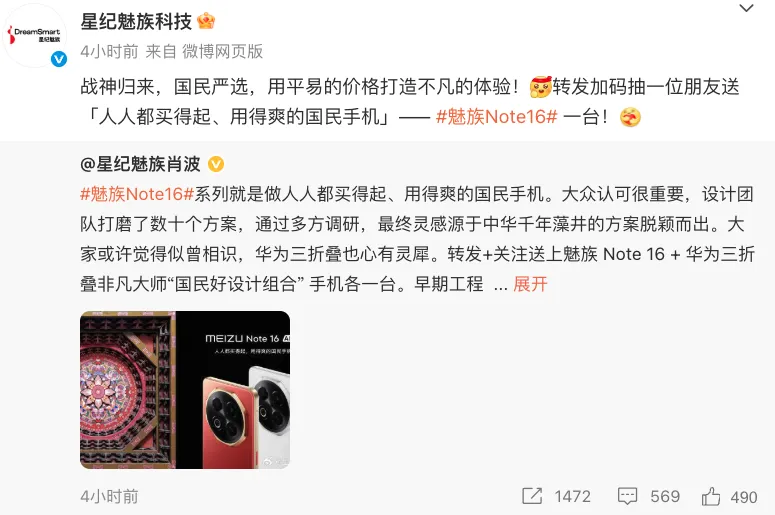
The caisson, as a brilliant pearl of ancient Chinese architecture, carries profound cultural connotations with its unique dome structure. From the caisson of the Hall of Supreme Harmony in the Forbidden City to the lotus caisson in the Mogao Caves of Dunhuang, this “round sky and square earth” design concept not only reflects the ancient understanding of cosmic order but also represents the ultimate pursuit of architectural aesthetics. The Meizu Note 16 modernly deconstructs this traditional element, creating a distinct visual focal point on the back of the phone through the combination of an octagonal camera module and a ring flash. The gold frame of the red version and the power button’s accent resemble the gilded outlines in the caisson’s colorful paintings, endowing the device with a dynamic Eastern charm.
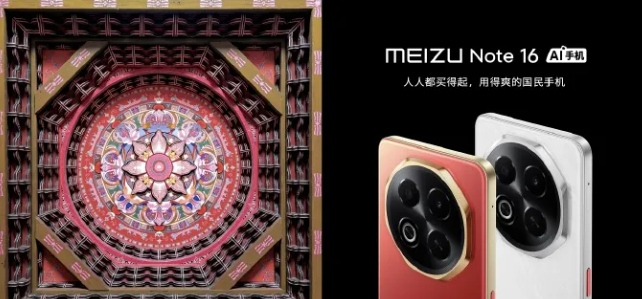
This design is not merely a form of imitation but a modern expression of traditional culture. The team selected the caisson element from dozens of proposals, considering both its visual recognizability and its cultural symbolism. As a Shanghai ancient architecture expert stated, the caisson is not only an architectural decoration but also a “medium for ancient people to communicate with the heavens”. Meizu transforms this desire for communication into the language of smartphone design, attempting to continue the cultural lineage within technological products.
When the renderings of Meizu Note 16 circulated online, its octagonal camera module sparked widespread discussion. Some netizens pointed out that this design bears similarities to the octagonal diamond shape of Huawei’s foldable phone Mate XT , even jokingly referring to it as “the first foldable phone for young people”. In response to the controversy, a senior executive from Meizu stated, “Huawei’s foldable phone also has a kindred spirit,“ implying that this is a natural result of industry design trends.
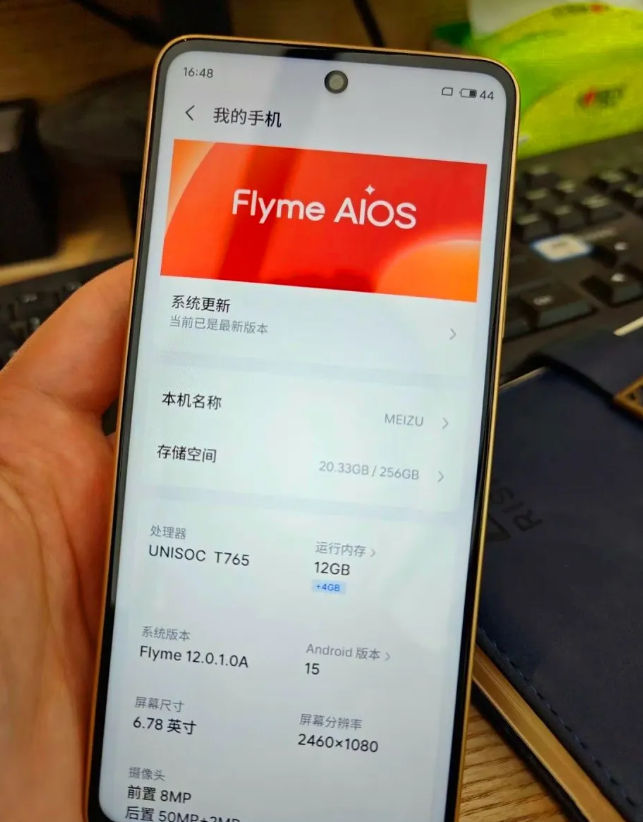
In fact, the phenomenon of smartphone design convergence has existed for a long time. From Nokia’s “Oreo” rear camera to Sharp’s full-screen design, classic designs often become industry benchmarks. The octagonal module of Meizu Note 16 is essentially a dimensional application of high-end flagship design. By mimicking the visual language of flagship models, budget phones can enhance their product premium space at a lower cost. This “design breakthrough” strategy is particularly common in the fiercely competitive mid-range market, such as the small edge design of the Redmi Note series and the racing elements of the realme GT Neo.
In the octagonal module of Meizu Note 16 , it is equipped with only a 50-megapixel main camera and a 200-megapixel secondary camera, raising questions about “design redundancy”. This seemingly contradictory design is, in fact, a result of the interplay between hardware costs and user perception. According to industry analysis, a large-size module can enhance users’ perception of “high-end imaging”, even if the actual hardware configuration is not outstanding.
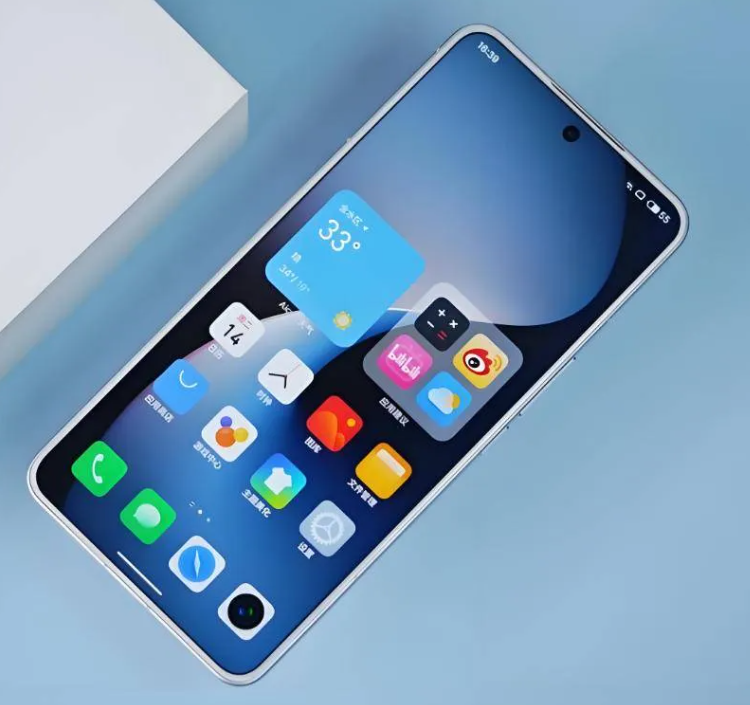
From a technical perspective, the dual-camera solution still holds value in the budget phone market. Huawei’s Mate 9 ‘s “black and white + color” dual-camera once revolutionized imaging experiences with algorithmic advantages, while the secondary camera of Meizu Note 16 , despite its ordinary parameters, may still achieve differentiated experiences in night scenes and portraits with the algorithm optimization of the Flyme AIOS 2 system. Additionally, the inclusion of a ring flash not only enhances the fill light effect but also reinforces the aesthetic symmetry of the module, making it visually closer to the multi-camera layout of high-end models.
The design strategy of Meizu Note 16 essentially merges traditional cultural elements with modern consumer demands. In an era of increasing smartphone homogenization, brands need to establish differentiated recognition through cultural symbols. The customized phones that Huawei collaborated with Caviar to create, incorporating the Yellow River wave patterns and the forging techniques of the Longquan sword, priced over 80,000 yuan, are still in high demand, proving the market potential of cultural empowerment.
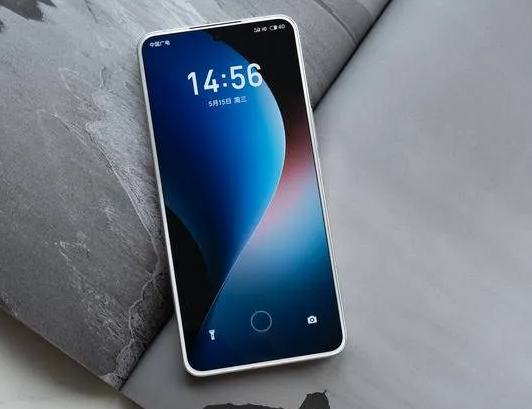
For Meizu, choosing the caisson as a design inspiration not only avoids direct imitation controversies but also elevates the product’s style through cultural storytelling. This “using culture as a shield and design as a spear” strategy is particularly important in the budget phone market. While brands like Redmi and realme fiercely compete on hardware specifications, Meizu seeks to attract personalized young users through aesthetic value.
The release of Meizu Note 16 provides a new dimension of thought for the smartphone industry. As hardware innovation encounters bottlenecks, design innovation becomes key for brands to break through. However, innovation is not about being fanciful; it requires finding a balance between tradition and modernity, functionality and aesthetics.